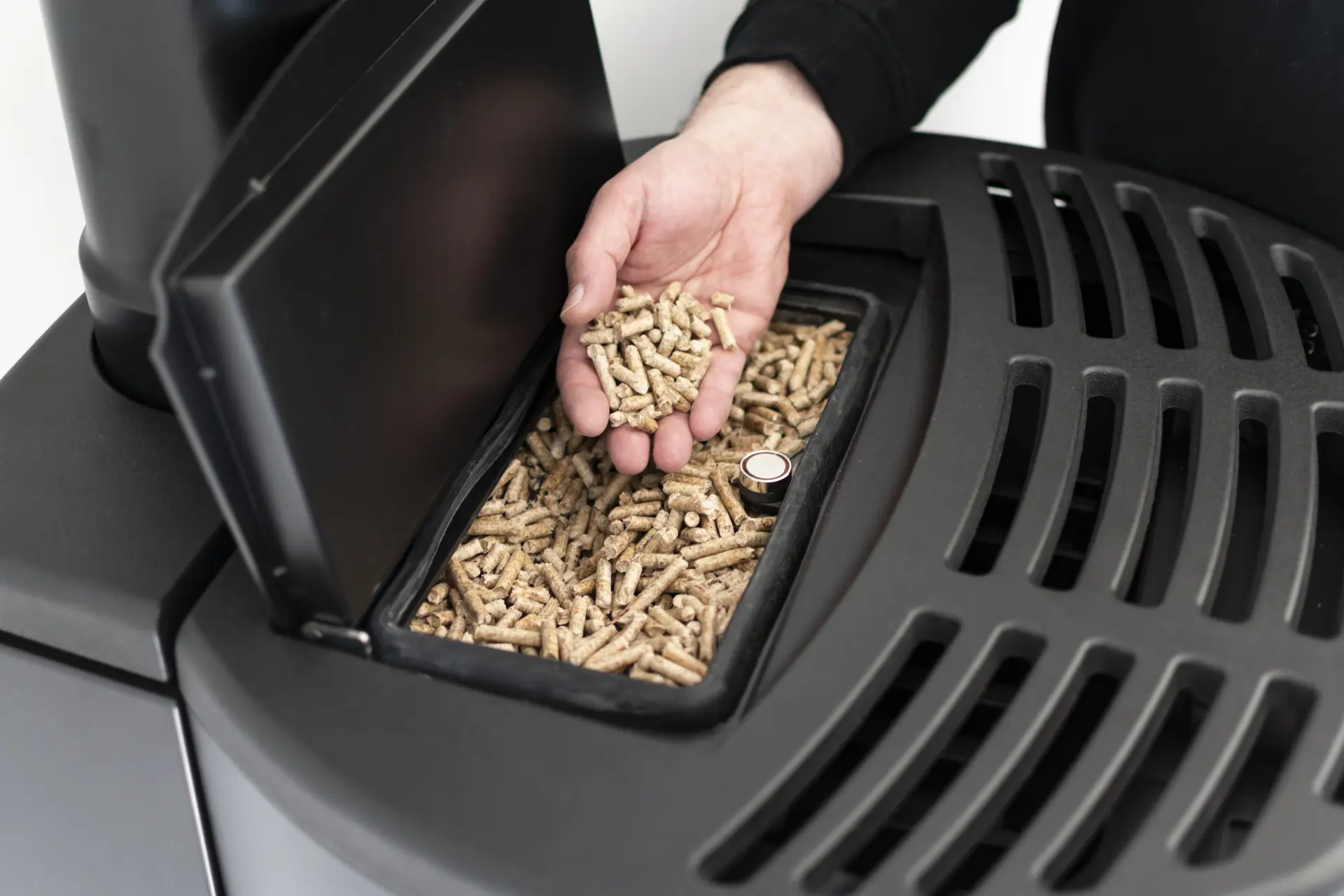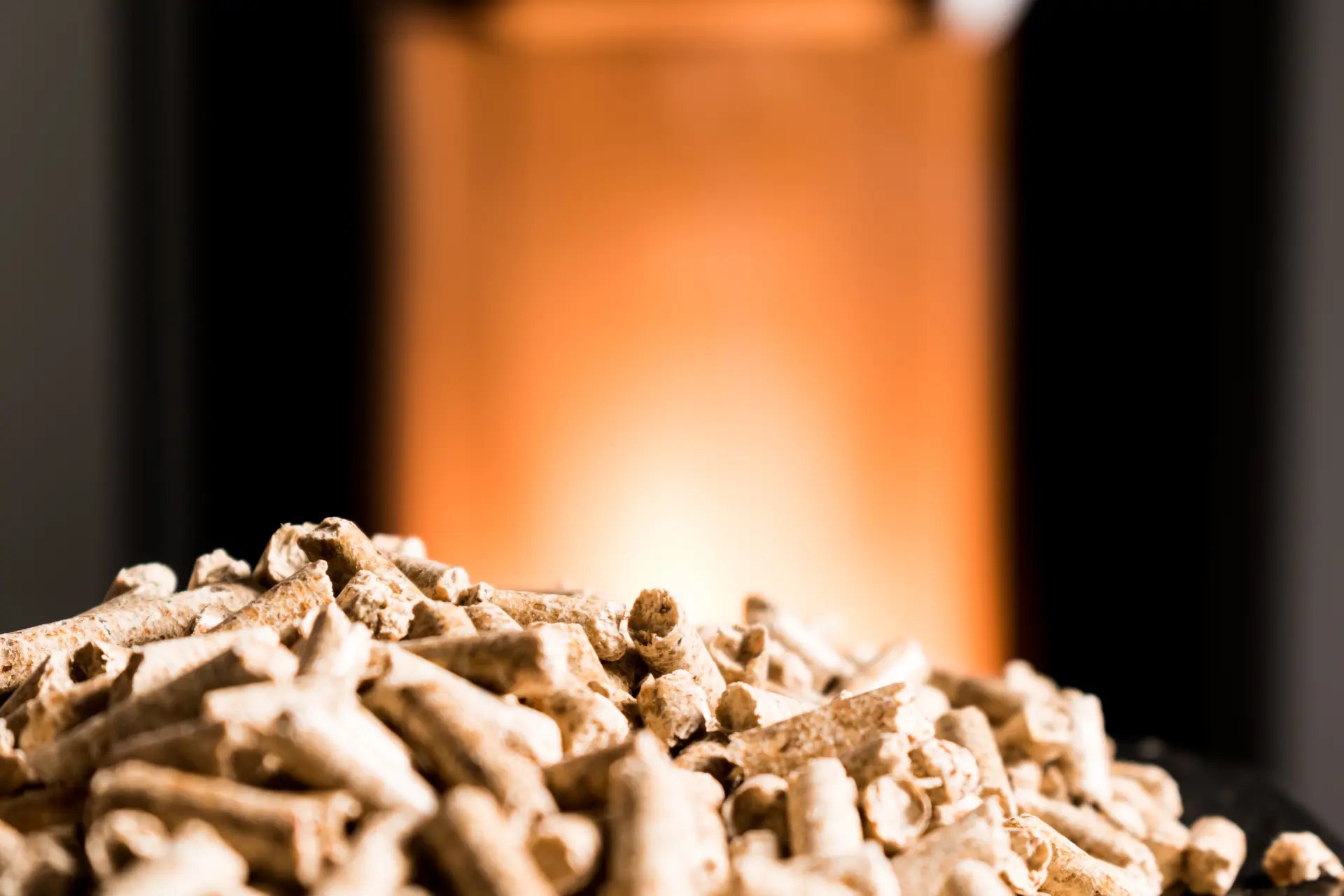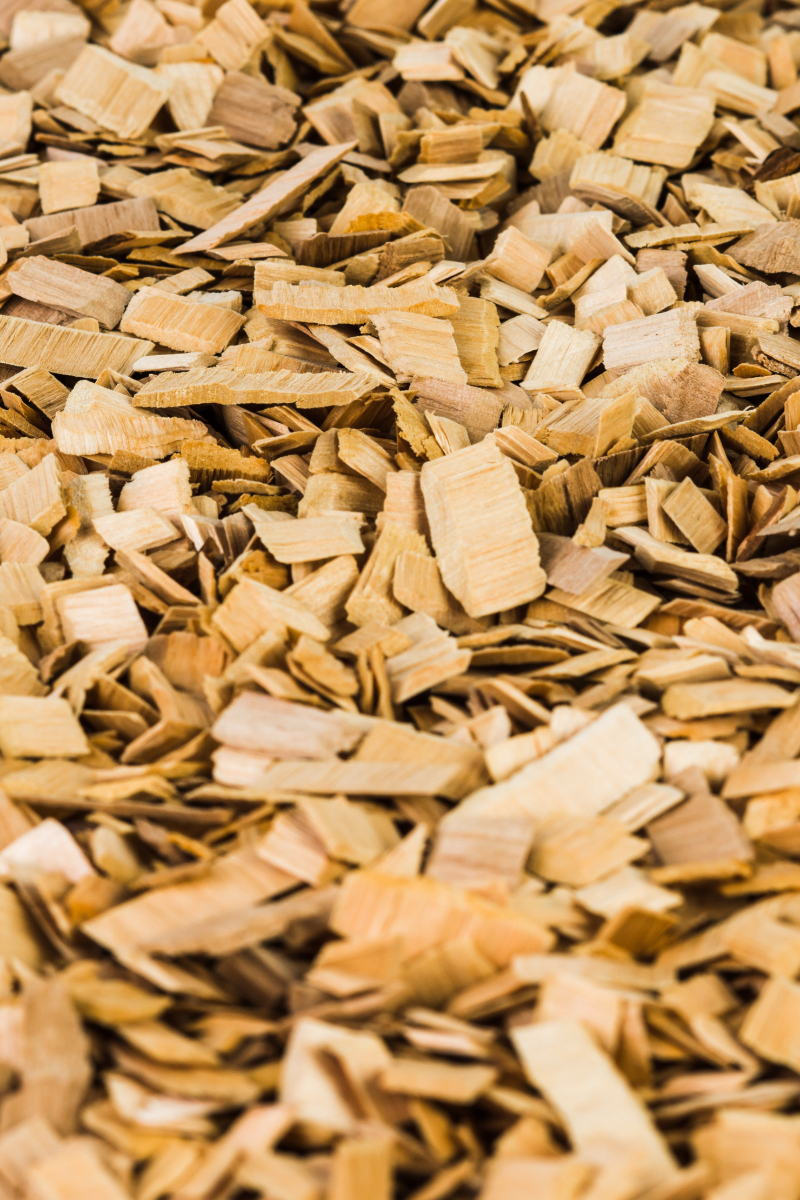Wood chips can be used to heat homes, schools, and other buildings. They come from small pieces of wood and are a type of fuel. This article explains how wood chips are used for heating, what systems they work with, why people choose them, what to think about before using them, and how they affect the environment.
How Wood Chips Work as a Fuel Source
Wood chips are small chunks made from branches, logs, or leftover wood. These chips are burned in special heating systems to make heat. When burned, they release energy, which is used to warm up water or air. The heated water or air is then sent around the building to keep it warm.
The whole process is fairly simple. A machine feeds the wood chips into a boiler or stove. The chips burn and make heat, just like a fire in a fireplace. But the system is more controlled and better suited for large buildings.
Types of Heating Systems That Use Wood Chips
There are heating systems that are built to burn wood chips. The most common is a wood chip boiler. This is a large machine that burns the chips to heat water. The hot water is then sent through pipes to radiators or taps.
Some smaller stoves can also use wood chips, though most use wood pellets. These stoves are more common in houses, while boilers are often used in schools, factories, and large buildings. These systems are designed to be efficient and can run automatically, feeding in the chips and controlling the heat output.
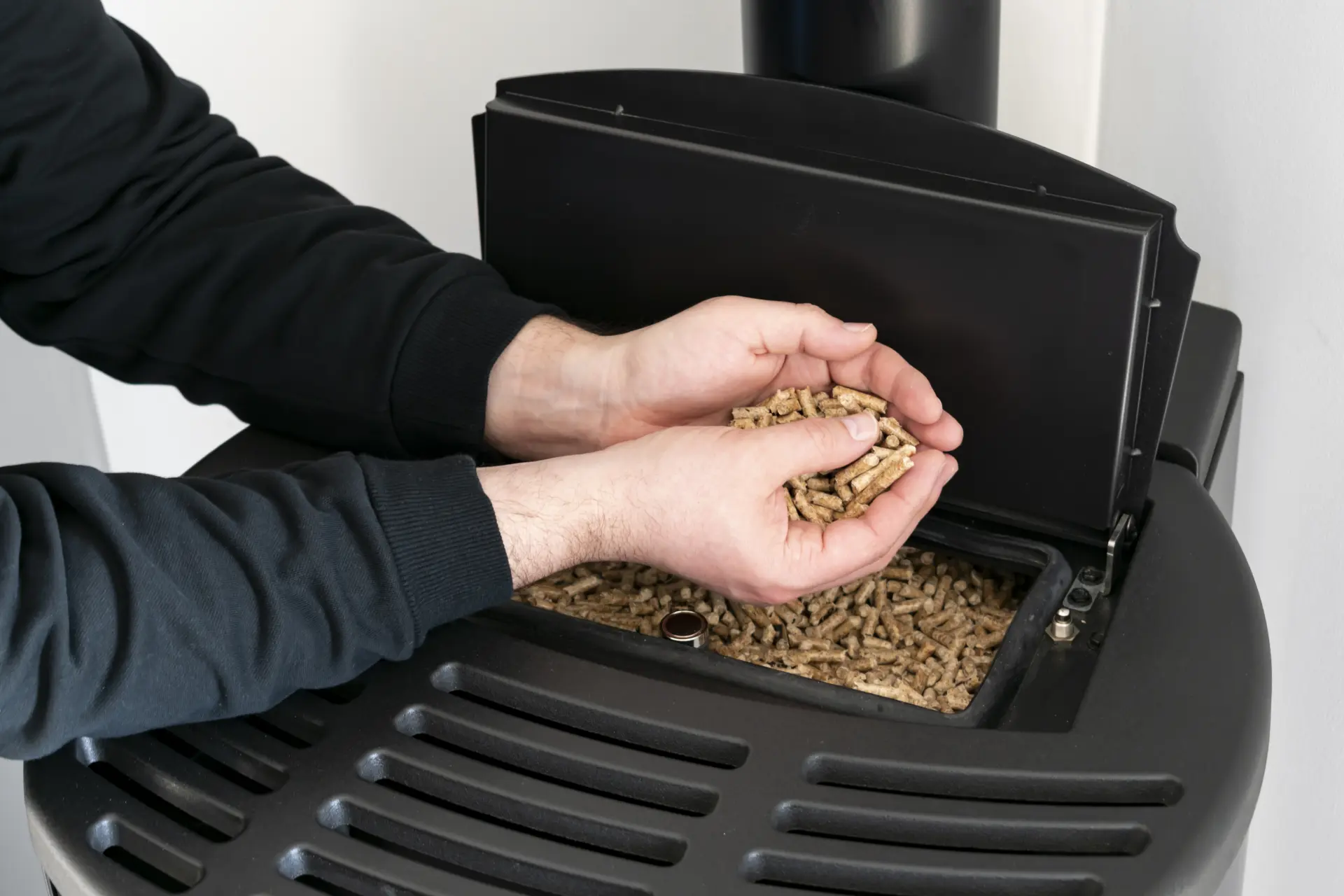
Benefits of Using Wood Chips for Heating
There are several reasons why people choose wood chips for heating. First, they are renewable. This means new trees can grow to replace the ones used. Unlike oil or gas, wood won’t run out if forests are managed properly.
Second, wood chips can often be made locally. This supports local jobs and cuts down on transport costs. Third, once the heating system is set up, the fuel itself can be cheaper than other types like oil or gas. Fourth, using leftover wood helps reduce waste. Chips can be made from branches or sawdust that would otherwise be thrown away.
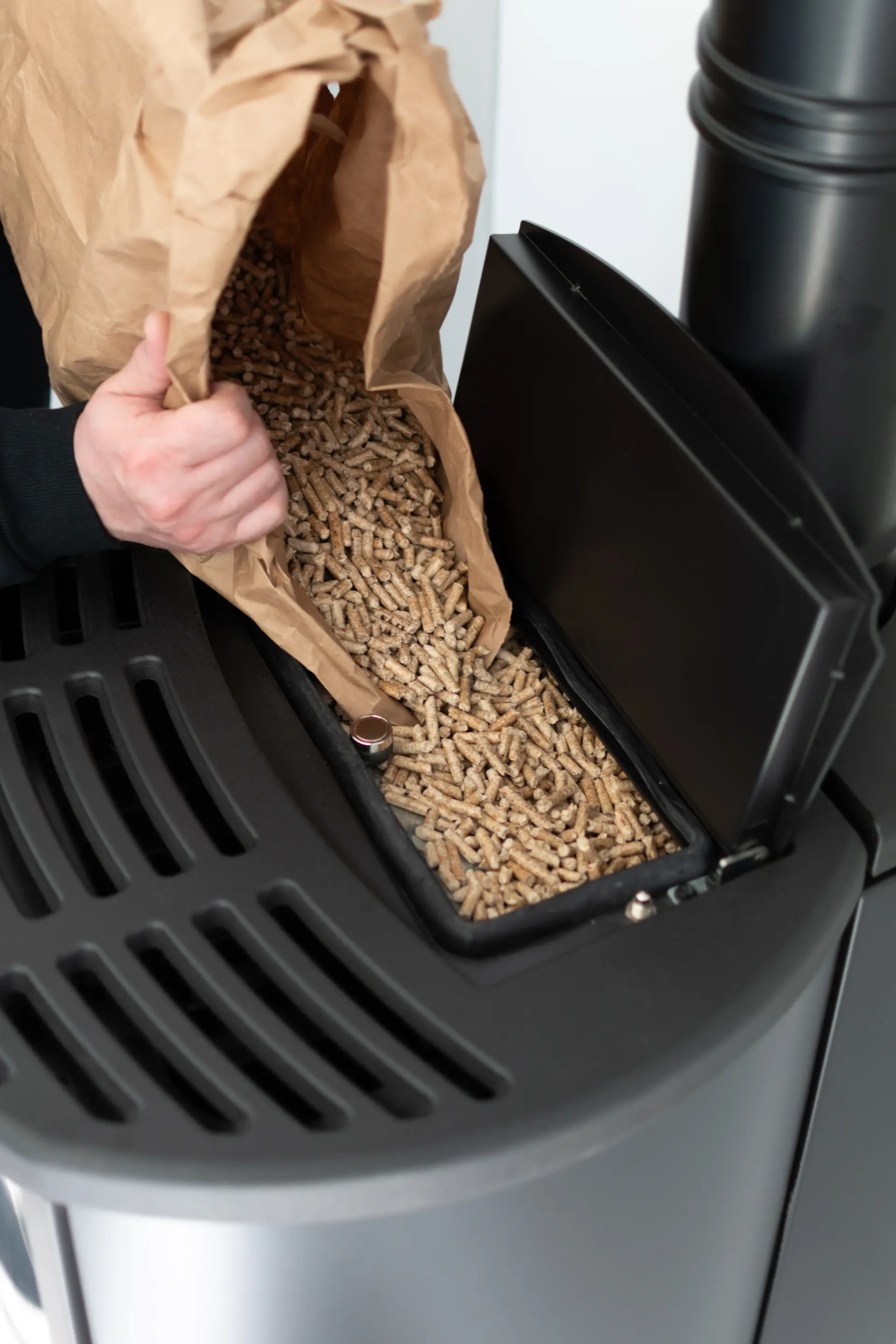
Things to Consider Before Choosing Wood Chips
Even though wood chips have many benefits, there are some things to think about before choosing them. One important point is space. Wood chips take up more room than gas or oil, so you’ll need a large, dry area to store them.
Also, the system needs regular care. You have to clean the boiler and check the parts to keep it running well. The cost of buying and setting up the system can also be high at the start. While it may save money over time, some people may find the first cost too much.
It is also important to use good quality wood chips. Wet or dirty chips do not burn well and can cause blockages or other problems in the system. Dry, clean chips are much better and help the heating system last longer.
Environmental Impact of Wood Chip Heating
Wood chips are often better for the environment than coal or oil. When burned, they produce fewer harmful gases. If the wood comes from forests that are managed in a proper way, new trees can be planted to replace those that were cut down.
These new trees take in carbon dioxide from the air, which helps to lower the amount released when wood is burned. Still, it is important to be careful. If too many trees are cut down or forests are not looked after, it can still harm nature. It is always better to use wood from well-managed sources.
Wood chips can be a good and green choice for heating. They are natural, can save money in the long run, and are better for the planet than many other fuels. But they do take up more space and need more care. If you have room and are happy to look after the system, wood chips could be the right choice for your home or building.
We supply premium wood chips for biomass boilers across Preston, Manchester, Liverpool, Chorley, Warrington, Bolton and the wider North West. Our high-quality, sustainably sourced biomass fuel ensures excellent combustion, reliable performance, and efficient heat output for both homes and businesses.

